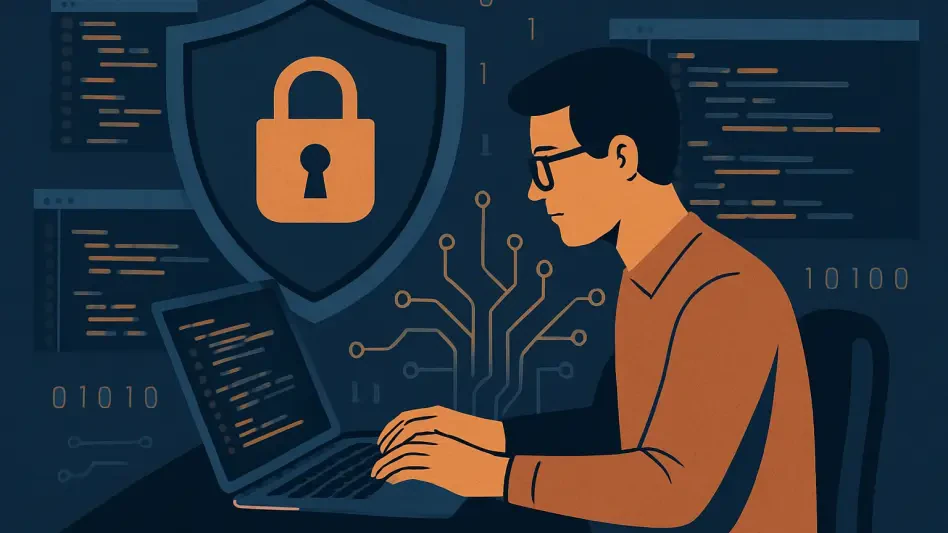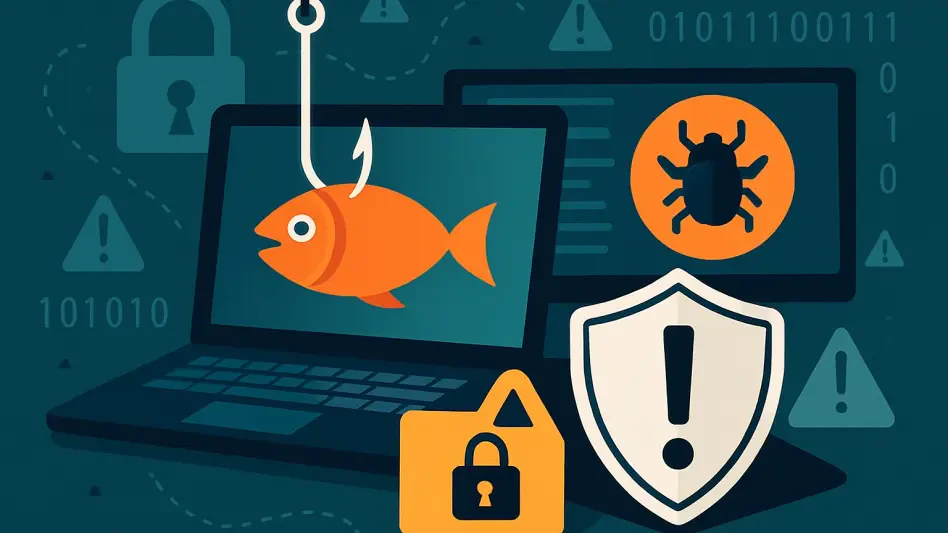The concept of a human firewall emerges as a transformative strategy in cybersecurity, suggesting that employees can serve as potent defenders against cyber threats. With cybercriminals continuously refining their tactics to breach organizational defenses, the human firewall empowers employees to recognize, thwart, and respond to diverse threats such as phishing and social engineering attacks. In contrast to traditional firewalls focused on digital barriers, the emphasis here is on individual vigilance and preparedness. As the digital landscape evolves, embedding security awareness in every employee encourages them to act decisively against various attacks, potentially averting costly breaches.
Understanding the Role of Employees in Cybersecurity
The Human Element of Cyber Threats
Cybercriminals often exploit the human aspect of organizations, bypassing technological defenses to target employees directly. Human errors, ranging from falling for a phishing email to inadvertently sharing sensitive information, account for a significant percentage of data breaches. While firewalls and antivirus software provide some level of protection, they often fail against sophisticated attacks devised to manipulate human behavior. By educating employees to be vigilant and responsive to suspicious activity, organizations can cultivate a frontline defense, transforming staff from potential vulnerabilities into significant assets in cybersecurity strategy.
Trained employees can recognize indications of cyber threats, such as unusual emails or suspicious requests for information, offering a chance to proactively mitigate risks. Companies focusing on transforming their workforce into a human firewall stand to benefit from a reduced incidence of breaches stemming from human error. Embedding a security-first mindset across all organizational levels ensures that every employee understands the importance of their role in maintaining cybersecurity. This focus on human-centered defense mechanisms safeguards against diverse threats, whether targeting a single employee or the organization as a whole.
The Importance of Ongoing Training
To establish a resilient human firewall, organizations must prioritize continuous, relevant training instead of relying on outdated annual security briefings. Technology is constantly evolving, and so are the methods employed by cybercriminals. Consequently, training should encompass regular phishing simulations, interactive exercises, and gamified learning modules, all aligned with real-world scenarios faced by employees. Such practices not only enhance engagement but also provide practical experience, equipping employees to respond swiftly and effectively to emerging threats.
Moreover, immediate feedback and positive reinforcement can significantly influence employee engagement, motivating them to stay attentive and adept in cybersecurity practices. By maintaining an up-to-date curriculum reflecting the latest threat landscape, organizations ensure their workforce remains a formidable barrier against attackers’ evolving strategies. Continuous education instills confidence in employees, fostering an environment where security considerations become integral to day-to-day activities rather than being viewed as an occasional obligation.
Building a Security-First Organizational Culture
Leadership and Communication in Security Culture
A strong human firewall requires embedding a security-first culture within the organization, which involves leadership consistently emphasizing the value of cybersecurity. Leaders must encourage open communication about potential threats, creating an environment where employees feel empowered to report suspicious activities without fearing repercussions. This cultural shift encourages vigilance and nurtures a proactive approach, where every member of the organization feels responsible and motivated to act against potential security breaches.
A culture that prioritizes security reinforces the notion that cybersecurity is a shared responsibility extending beyond the IT department. When security becomes a collective mindset, employees across all levels participate actively in sustaining a secure environment. This shared understanding strengthens the organization’s overall defense capabilities while promoting a collaborative approach to problem-solving when dealing with security alerts or incidents.
Measuring the Effectiveness of Security Training
Assessing the effectiveness of security initiatives involves more than tracking completed training sessions; it’s about observing behavioral changes within the workforce. Metrics such as increased reporting rates of phishing attempts, reduced click rates on malicious links, and higher participation in security efforts serve as meaningful indicators of progress. These metrics demonstrate employees’ ability to internalize lessons and reflect real improvement in the organization’s cybersecurity posture.
By focusing on behavior change as a measure, organizations can pinpoint the true effectiveness of their human firewall initiatives. As employees become adept at identifying and responding to threats, they elevate the entire organization’s security posture. Regular review and analysis of these metrics not only highlight areas needing improvement but also celebrate successes, fostering an ongoing commitment to cybersecurity.
Challenges and Future Considerations
Overcoming Barriers to Effective Security Training
Despite the benefits, challenges exist in cultivating an effective human firewall, such as employee complacency, training fatigue, and the misconception that cybersecurity is solely IT’s responsibility. Addressing these issues requires delivering continuous, role-specific education and offering positive reinforcement for correct actions rather than punitive measures for errors. Seamlessly integrating security practices into everyday workflows ensures that employees view security as an essential part of their responsibilities.
Overcoming these barriers involves fostering a supportive environment where employees are motivated to participate actively in cybersecurity measures. Encouraging a mindset shift in viewing security as an integral aspect of every role within the organization ensures employees feel invested in maintaining a secure workplace, resulting in a strengthened defense against cyber threats.
Adapting to Emerging Threats
The concept of a human firewall is reshaping cybersecurity strategies, highlighting the role of employees as crucial defenders against cyber threats. Cybercriminals are consistently advancing their techniques to infiltrate organizational defenses, making the role of a human firewall increasingly vital. This approach empowers employees to not only recognize but also counteract and respond to a variety of threats like phishing and social engineering. Unlike traditional firewalls that focus on digital barriers, human firewalls emphasize individual vigilance and preparedness. As digital threats evolve, integrating security awareness into the mindset of every employee becomes essential. This empowerment enables them to take decisive actions against potential attacks, which could otherwise result in costly security breaches. By fostering a culture of security awareness, organizations can make substantial strides in defending against a wide range of cyber threats, thereby safeguarding their digital assets and ensuring operational continuity.








